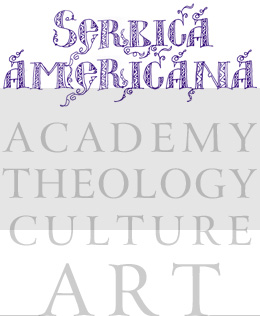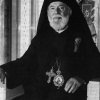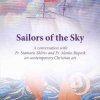Тhe Služebnik was printed in Venice in 1519 by Božidar Vuković, a Serb from Montenegro became a renowned printer in Venice. This printed version of the Divine Liturgy was the first printed book in Cyrillic in history. It is of priceless value to Serbian and Slavic heritage and literature. This rare book belonged to the Very Reverend Milutin Tesla (1819–1879) who was the father of Nikola Tesla (1856–1943). When Milutin died his widow, Djuka (nee Mandić) kept the book. After her death, Nikola Tesla took the rare copy to New York with him and had it restored. This rare Book of the Serbian Liturgy is in the Harry S. Truman Library in Independence, Missouri, in the heartland and physical center of the United States. It was restored by the Truman library in 1977.
“The Sacred and Divine Liturgy оf our Father among the Saints John Chrysostom” was published in 2018 by St. Sebastian Press of the Western American Diocese in English and Serbian, and edited by Bishop Maxim Vasiljević of Western American Diocese.
Although 500 years separate these two publications, their existence witnesses to the fact that the Divine Liturgy continues to be at the heart of Serbian life and culture.






